
Meet our new Critically Endangered Capuchins
PUBLISHED 06/06/24
Drusillas are celebrating the arrival of four new monkeys to our animal family – representing a species-first for the zoo, and an important step in the conservation of a critically endangered primate.
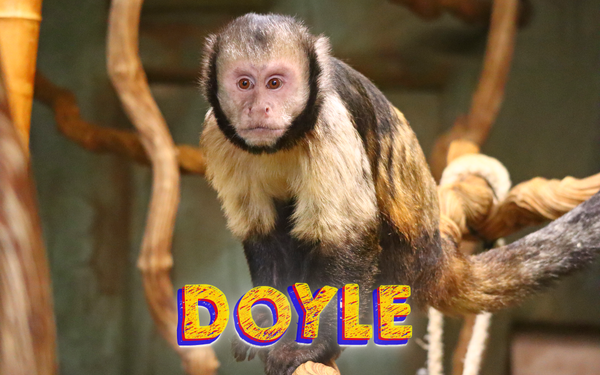
Keepers were thrilled to successfully welcome a troop of yellow-breasted capuchin monkeys from Dudley Zoo on 20th June and report that they have settled in brilliantly. Also known as golden-bellied capuchins, the species is among the most threatened primates in the world with less than 3,000 remaining in the wild, classed as critically endangered on the IUCN Red List.
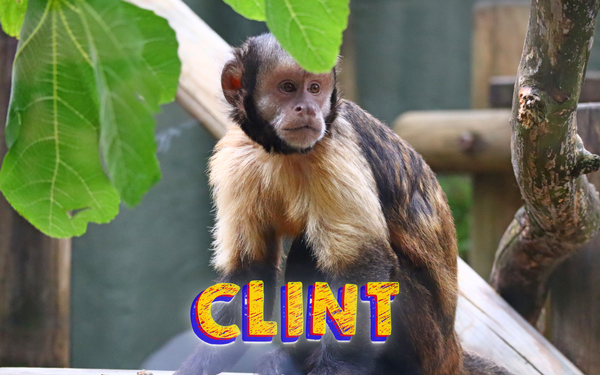
The four males, 9 year old Doyle and Chops, 6 year old Deet, and 5 year old Clint, all from the same family group, have already won the hearts of the team at Drusillas and are delighting visitors with their many facial expressions, interactive inquisitive nature, and their individual personalities becoming more prominent each day.
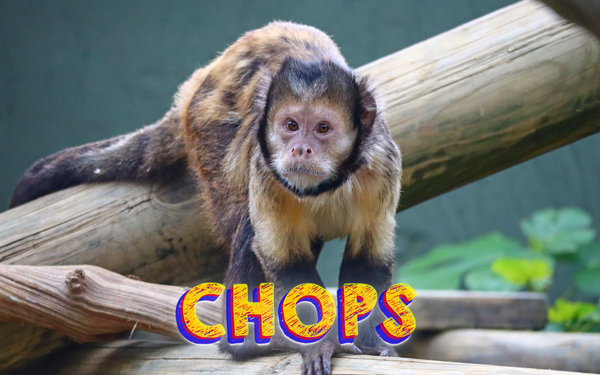
Zoo Manager, Mark Kenward, spoke about the new arrivals: “Although the boys were from the same family group, moving to a new home created a new dynamic for them, so in the first few days we observed them trying to establish a hierarchy. Deet made the first play to be the ‘boss’ attempting to exhibit dominant behaviours but was very quickly overruled by the more confident and naturally authoritative Doyle who has settled into the leadership role.”
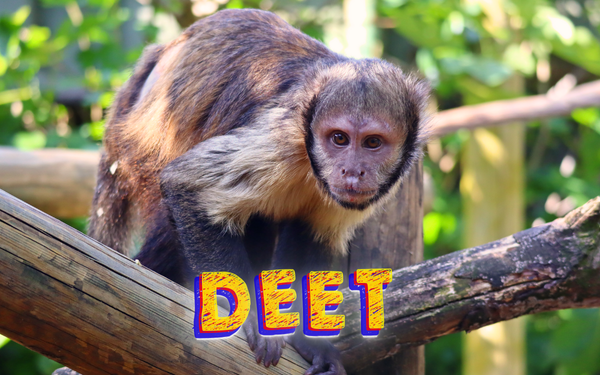
“Clint is definitely Doyle’s right-hand man, the two of them are quite similar in nature and tend to pair together often. Chops is a real sweetheart and will do anything to avoid conflict, he doesn’t test any boundaries and just wants to be everyone’s friend! So actually, Deet has ended up bottom of the pack despite initial enthusiasm, but we are also observing the whole group coming together at times to groom and rest together, so no one is being left out!”
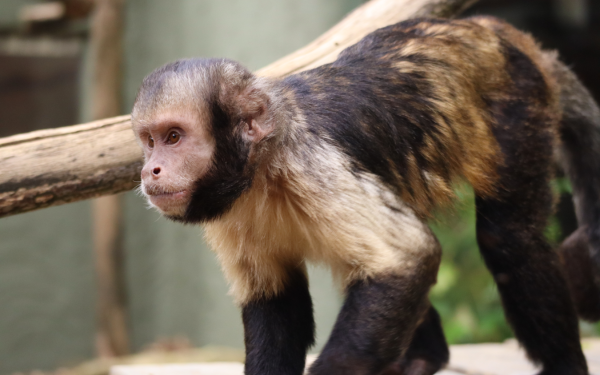
Mark continued: “Even after my three decades of zookeeping, it’s still an exciting moment to have the opportunity to work with a new species, and the arrival of these boys also brings a huge sense of pride knowing that we are contributing to the collaborative conservation efforts of zoos around the world.”
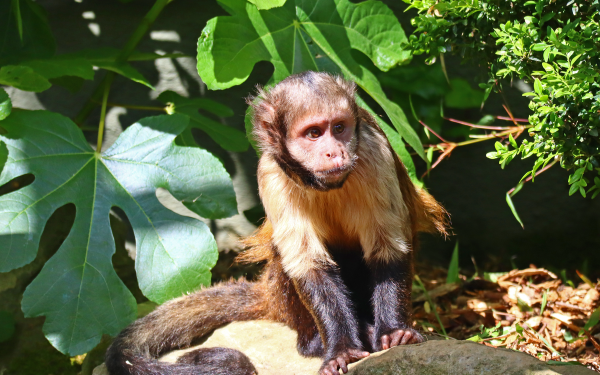
Critically endangered species within zoos, such as these capuchins, are incredibly carefully managed and are often part of European Breeding Programmes, which aim to ensure not only the future survival of threatened species, but also their future genetic strength and diversity so they can thrive for generations.
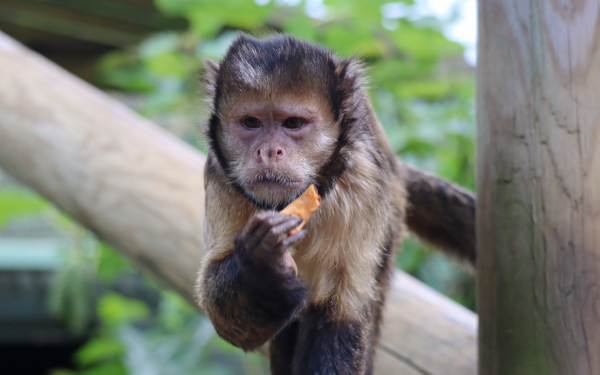
Mark continued: “We are sometimes asked when a threatened species arrives, why we don’t have breeding pairs and why we aren’t trying to breed straight away. Zoos will often begin with an all-male group of a new species, to learn about them and develop a successful animal care programme first. Just because a species is threatened doesn’t mean zoos will breed as much as possible – we all take a responsible approach to breeding, with breeding approval needing to be granted, and the right pairing of bloodlines found.”
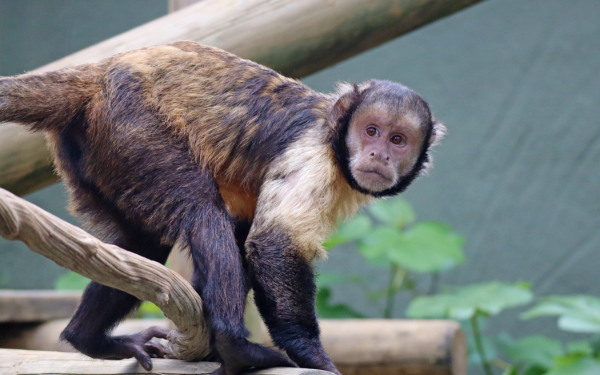
“We of course would hope to be part of the breeding programme in the future, but even if that doesn’t happen, these boys will play a valuable role in educating our visitors about conservation and the threats primates face in the wild.”
Native to the east coast of Brazil, the yellow-breasted capuchin monkey (also known as the buffy headed capuchin and golden bellied capuchin) is one of the most threatened of the Atlantic rainforest and neotropical primates due to the nature of the threats it faces from deforestation and the subsequent genetic inbreeding that comes as a result of habitat fragmentation.
As part of its commitment to increasing their conservation efforts, Drusillas recently launched a new charity foundation – Drusillas Conservation in Action which aims to finance a range of conservation and research activities, establish and build grant programmes, and build a new culture of conservation.




